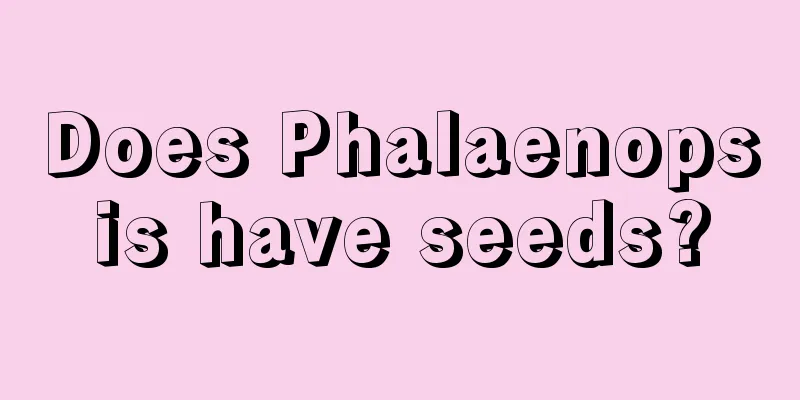Diseases of White Orchid and Their Control

Anthracnose of white orchidsymptomIt is a fungal disease that usually begins in early June, with the peak period being July and August. Overwatering and excessive humidity in magnolia pots can easily cause this disease. The initial symptoms are that the leaves turn green and small yellow spots begin to appear. These small spots then gradually expand into circles, and several spots merge into irregular spots, which are light brown in the middle and dark brown on the edges. When the lesions occur on the leaf margins, they are semicircular in shape, making the leaves look somewhat distorted. When the disease is severe, the entire leaf will dry up, turn black, and fall off. Prevention and treatment methodsImprove the watering method, pour water from the edge of the pot, pay attention to controlling the amount of water, and cut off diseased leaves. During the rainy and plum rain seasons, generally spray 100-200 times Bordeaux mixture, 500-800 times 65% Mancozeb, or 1,000 times 70% Thiophanate-methyl every 10-15 days. Spray three or four times in a row to achieve an inhibitory effect. Root rot of white orchidsymptomIt is a fungal disease. This is because the roots of the white orchid turn black and rot due to excessive watering or waterlogging. In mild cases, it will cause poor growth, withering and falling leaves. In severe cases, it will cause the death of the plant. Prevention and treatment methodsEfforts to improve soil drainage conditions can effectively prevent diseases. Water appropriately at normal times, water sparingly but thoroughly, and do a good job of loosening the soil and ventilating it. Prevent rain and dump accumulated water in the basin in time. You can put some broken tiles, small stones, etc. at the bottom of the pot to facilitate drainage. When the disease occurs during the growth period of white orchid, you can use chemical drugs such as 250 times solution of 65% Zineb, 250 times solution of 50% Mancozeb, or 500 times solution of 50% Bacillus-Zinc to irrigate the root soil. Chlorosis of white orchidsymptomIt is a physiological disease. White orchid likes slightly acidic soil. Because the potting soil is alkaline and the daily watering uses water containing more salt and alkali, the leaves of the white orchid gradually fade from the original emerald green to yellow and white. When the leaves turn brown, the disease is more serious and the leaves are partially necrotic. Prevention and treatment methodsSpray the leaves with 0.5% ferrous sulfate solution three or four times continuously, once a week, and apply alum fertilizer water at the same time. |
<<: Diseases and their control of octopus orchid
>>: Lavender pests and diseases
Recommend
The efficacy and function of mustard head
1. Prevent cancer Mustard greens are rich in diet...
How to prolong the flowering period of canna
1. Enter the room in time It has its own favorite...
How to prolong the flowering period of Kalanchoe
1. Potting soil It is a misconception that plants...
How to prune roses to make them bloom beautifully
If roses are not pruned for a long time, they wil...
Cultivation methods and precautions of Amomum villosum
1. Maintenance methods 1. Temperature: Amomum vil...
How to prune the wood brocade tree? Pruning methods and techniques
When to prune the cycad tree The best time to pru...
What is basal fertilizer?
Introduction to base fertilizer Basal fertilizer ...
What to do if the fortune tree has spots
1. Spraying (1) Specific reasons: The most likely...
How to plant Kalanchoe? Planting time and method
Kalanchoe planting time Kalanchoe is a plant of t...
How to plant chives
1. Basic information of leek Allium serrata, also...
How to grow hibiscus in autumn
1. Autumn maintenance is very important For hibis...
Cultivation methods and precautions of small-leaf gardenia
1. Sunlight Small-leaf gardenia is suitable for g...
How to cultivate the red spider lily
1. Potting soil When growing red spider lilies, y...
Can Lithops survive after blooming?
1. Flowering time Generally speaking, if it is pr...
What kind of fertilizer is good for citrus base fertilizer (base fertilizer application method)
Effect of citrus base fertilizer When planting ci...









